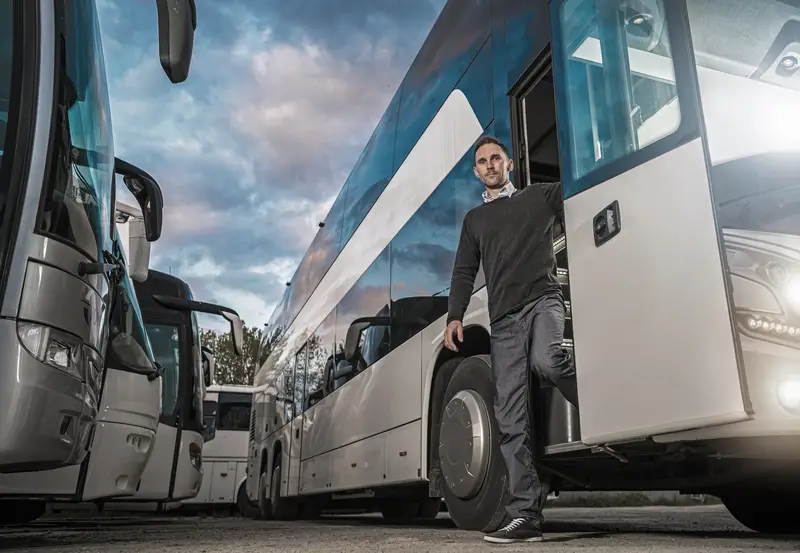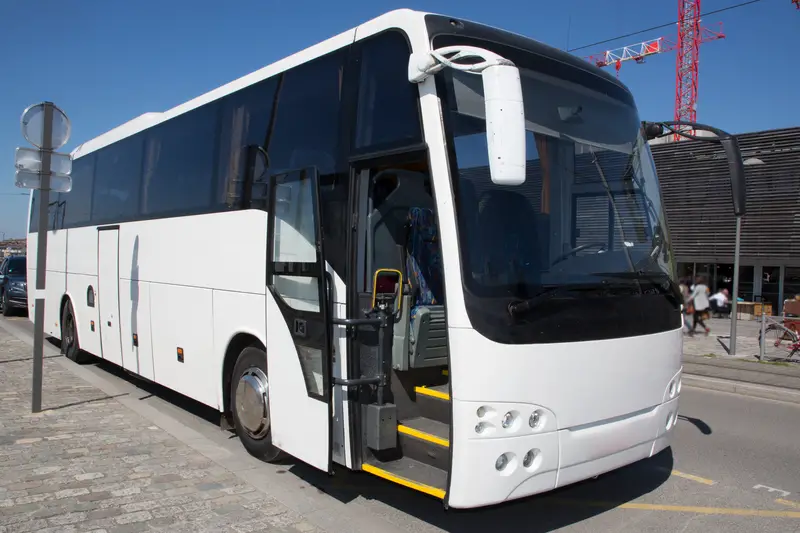
Most of us have driven on buses in various cities. Many grew up admiring the size and intricacies of being safely transported from one end of a city to another. Others utilize the bus for transport to and from work.
However, have you ever wondered who closes the door once the driver has left?
The bus driver will close the door after everyone, including themselves, has left the bus. After a driver has left the bus, they usually press a concealed button or exit through a separate door after closing the main passenger door. The responsibility to close the door falls on the driver.
Buses have been used for various reasons since their introduction a few hundred years ago, with the mode of transport constantly demonstrating its significant importance to society and the continued advancement of civilization.
While bus drivers are responsible for closing the door after everyone, including themselves, has left, there are numerous ways to close it depending on the individual model.
Who Must Close The Door When The Bus Driver Leaves?
It is known that the bus driver opens and closes the door when passengers enter or exit the bus. However, the bus driver is also responsible for closing the bus door after everyone has left.
After everyone, including the driver, has left the bus, the door must still be closed and locked for safety purposes. While the ultimate responsibility for closing the busses door, after everyone has left, remains with the bus driver, the process of closing the door differs between different types of busses.
Some bus models require the bus driver to exit the vehicle before locking the door from the outside.
Other buses require the bus driver to lock the door from the inside, similar to when passengers exit or enter the bus, before leaving the bus through a separate door usually located on the driver’s side.
How Does A Bus Driver Close The Bus Door After Getting Off?

It is known that the bus’s driver is ultimately responsible for closing the door once all the passengers have left the vehicle. However, there are different ways the process can occur.
Most buses currently utilized in the United States require the driver to push the pneumatic button to close the passenger door from the inside.
Once this door is closed, they exit the bus through a separate door exclusively reserved for the driver. Other buses require the driver to exit the bus through the same door the passengers did before manually locking it from the outside.
There are many different bus manufacturers and models, meaning that how a bus driver closes the bus door after getting off will widely differ.
Some bus drivers must climb off their vehicle before pulling on the passenger door, forcing it to close automatically. It should be noted that usually, these buses have spinning doors, making them easy to identify.
Moreover, it is easy to identify automatic spinning doors as most of them will have a visible sign labeled “Please Push Door In Case Of Emergency.’ The process of pushing the door during an emergency and when a bus driver finally exits his vehicle is almost identical, making it a straightforward process for all involved.
Are There Other Ways For A Bus Driver To Close The Door?
There are various ways a bus driver can close the door once exiting the vehicle, demonstrating the critical importance of bus drivers fully comprehending their specific procedures.
Occasionally, some bus models have a dedicated emergency flap close to the door. The emergency flap is usually placed just above a button, which drivers must press after exiting the bus.
In addition, the dedicated button will instantly and automatically open the door if it was closed while closing the door if it was opened for any reason.
It is known that while buses are a valuable form of transport for global citizens and governments, the industry does not come without its risks.
While there are many different risk areas within the global bus industry, most of them can be significantly reduced by employing responsible and experienced bus drivers.
Operating a bus safely requires various critical skills. However, successfully maneuvering the passenger door during transit and after the bus has become ideal is crucial. While the bus driver is directly responsible for closing the door after they have left the vehicle, a few fail to properly close the door or forget to secure it overnight.
What Happens If The Bus Door Is Not Properly Closed?
When the bus door is left open or unlocked, the driver, the owner, and other stakeholders could lose an enormous amount of money.
An unlocked door presents a significant security risk regarding theft and can also damage the bus internally. A bus is not designed to be exposed to any form of external weather conditions, meaning that the doors should be locked and secured during transit and idle times.
Some bus models are designed to require the bus driver to exit the vehicle before locking the door from the outside. Other buses require the bus driver to lock the door from the inside, similar to when passengers exit or enter the bus, before leaving the bus through a separate door usually located on the driver’s side.
When bus drivers forget to lock the bus door once they have exited the vehicle or fail to lock it securely, they expose the bus to the possibility of theft and damage due to rain, humidity, and other destructive weather.
The importance of a bus driver properly locking the door once they have left the vehicle cannot be understated.
Conclusion
The ultimate responsibility for locking the bus door once everyone, including the driver, has left falls on the driver’s shoulder. Bus drivers are trained to lock the bus door once they have left for safety purposes.
Different buses have different ways of closing the door once the driver has left, although most require the driver to exit through a different door or manually close it from the outside.
Driving a bus isn’t hard, it’s all these different controls, responsibilities, and other daily tasks that are the most difficult aspect of being a bus driver.
